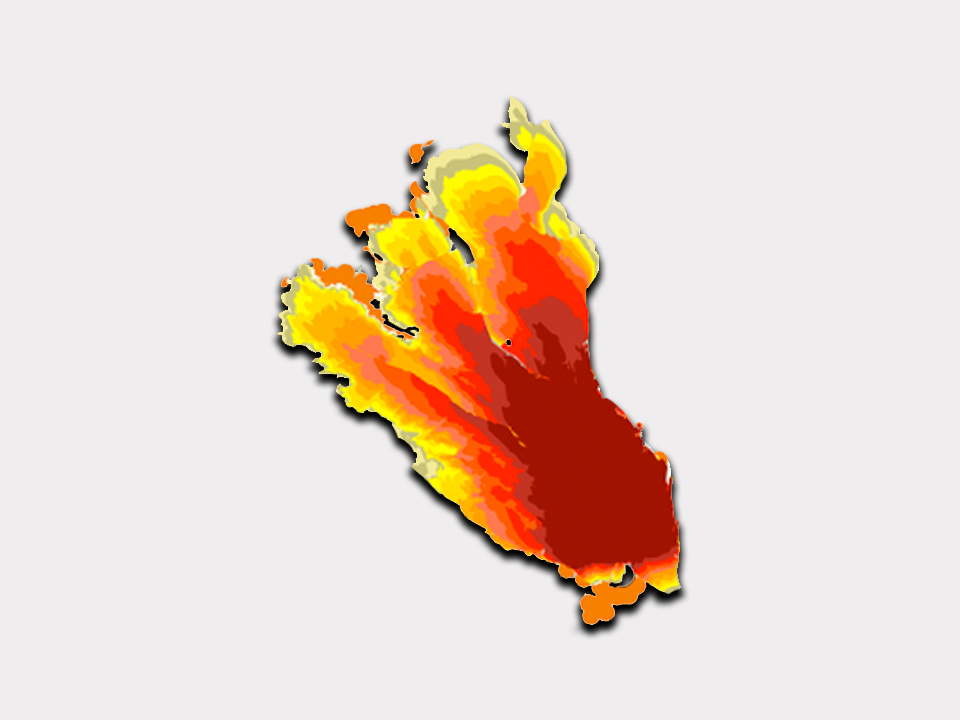Cong Zhang, Mélanie Rochoux, Wei Tang, Michael Gollner, Jean-Baptiste Filippi, and Arnaud Trouvé (2017). "Evaluation of a data-driven wildland fire spread forecast model with spatially-distributed parameter estimation in simulations of the FireFlux I field-scale experiment." 12th International Symposium on Fire Safety Science, Lund, Sweden.
Abstract
The general objective of this research is to develop a prototype data-driven wildland fire spread simulator, called FIREFLY, using an ensemble-based data assimilation approach with the objective to forecast the location and speed of the fire. The specific focus of the present study is on evaluating the new features of FIREFLY at field scale in a controlled grassland fire experiment known as FireFlux I. FIREFLY features the following components: an Eulerian front-tracking solver that treats the fire as a propagating front and uses Rothermel's model for the rate of spread (ROS); a series of observations of the fire front position (based here on high-resolution fireline data previously generated by validated numerical simulations); and a data assimilation algorithm based on an ensemble Kalman filter configured in a parameter estimation mode to address model bias and uncertainties in the input data to the ROS model. In this work, FIREFLY is modified to allow for an estimation of spatially-distributed surface wind speed and direction. To generate a reliable ensemble and ensure an accurate correction, the ensemble Kalman filter requires sampling truncated probability density functions as well as localizing, i.e., dynamically selecting the areas where the wind parameters are corrected. Results show that the spatialized parameter estimation approach allows for a successful reconstruction of observed fireline position and shape as well as a substantial improvement in the forecast performance compared to the standalone fire spread model. Results also show that the inferred wind parameters may not be accurate and should be viewed as effective values that incorporate multiple sources of uncertainties. Developing a better representation of fire-wind interactions is thus viewed as a key aspect to improve the FIREFLY forecast capability.


